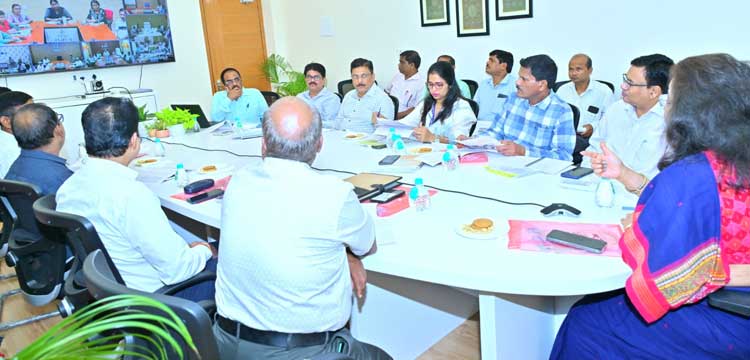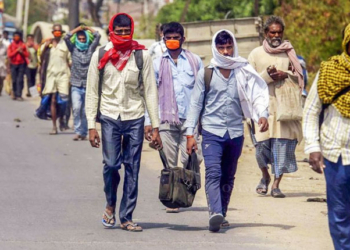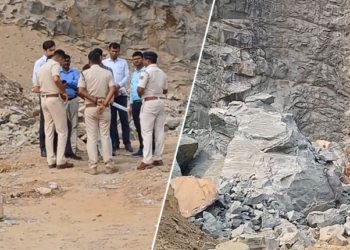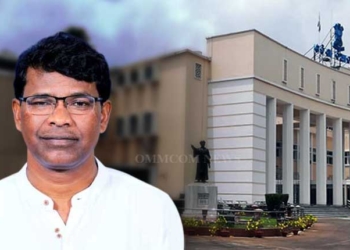Bhubaneswar: In a landmark initiative, Odisha is conducting its first-ever comprehensive census of water resources, initiated by the Ministry of Jal Shakti, Department of Water Resources, River Development and Ganga Rejuvenation, Government of India.
According to an official press release, this is the first time that a complete mapping of the state’s water assets is being carried out in a coordinated and convergent manner by the Department of Water Resources in collaboration with the Planning and Convergence Department.
The censuses are being conducted through Computer Assisted Personal Interviews (CAPI) and a dedicated web-based application, ensuring accurate and technology-driven data collection.
The exercise comprises four major components—the first census of major and medium irrigation projects, the first census of springs, the second census of water bodies, and the seventh census of minor irrigation schemes.
Officials described this as a unique opportunity for the state to develop a comprehensive, village-to-state-level database of all water resources. The effort also represents a rare instance of collaboration between the users and producers of statistics to ensure improved data quality and utility.
Development Commissioner-cum-Additional Chief Secretary Anu Garg conducted a detailed review of the ongoing census operations.
The review meeting brought together senior officials from various departments including Water Resources, Panchayati Raj and Drinking Water, Electronics & IT, Directorate of Economics and Statistics, Odisha Lift Irrigation Corporation, Central Ground Water Board, and the State Ground Water Board. Officials such as Superintending Engineers, Deputy Directors, and district-level representatives from DPMUs also participated in the session.
Garg emphasized the importance of a convergent and coordinated approach among all stakeholders to ensure that the data collected is of high quality and truly representative.
She highlighted that the census will serve as a robust foundation for future planning across sectors including irrigation, drinking water, pisciculture, industry, and even livestock management.
She further stressed that at the district level, officials such as the Superintending Engineers, Executive Engineers, and Deputy Directors of Planning and Statistics must work closely to make the census exercise a success.
The state government believes this initiative will result in a consolidated and dynamic database that will support evidence-based decision-making and sustainable water resource management in Odisha.

















